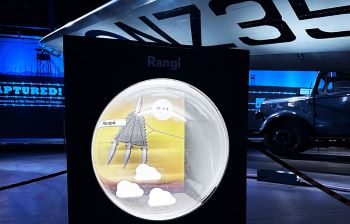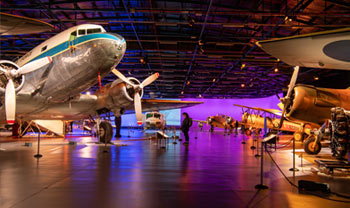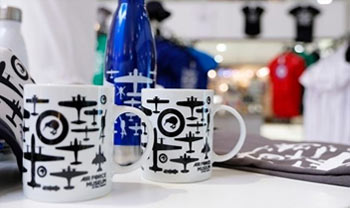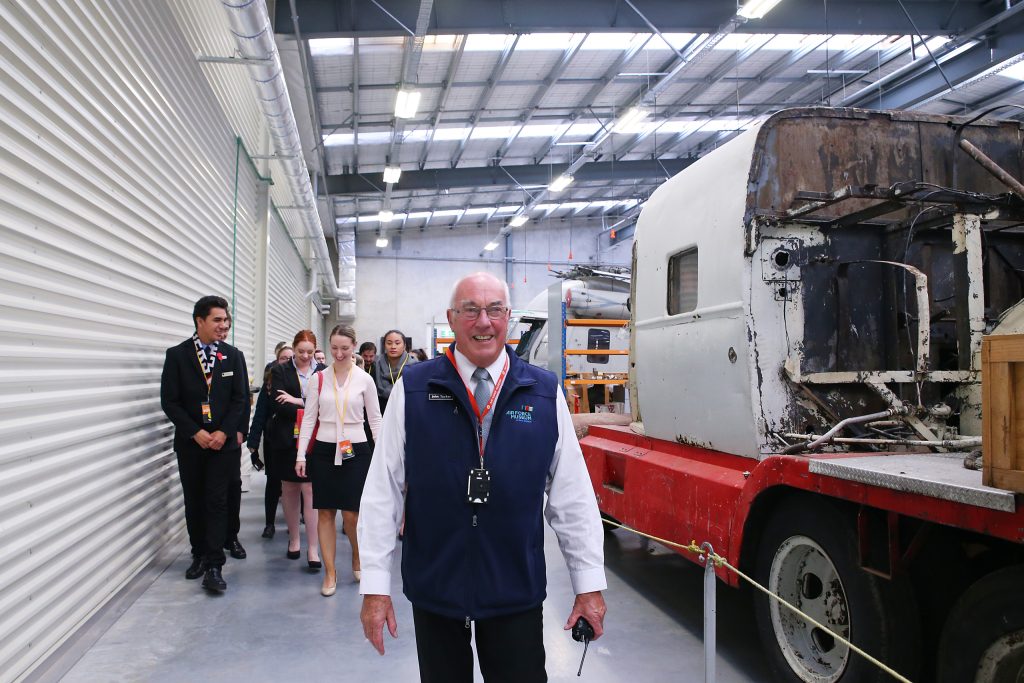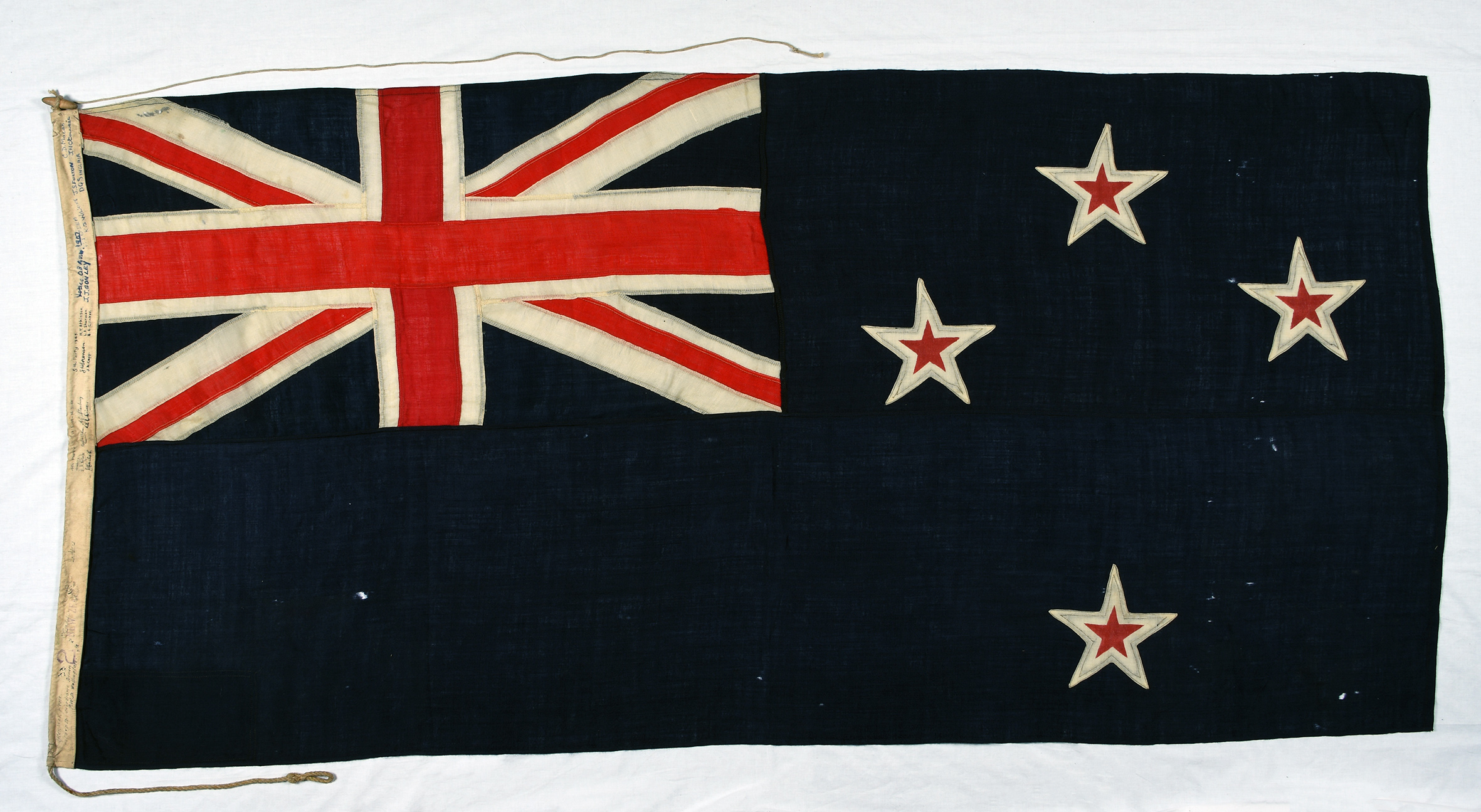We like to re-visit groups of items in storage from time to time to make sure we’re still happy with how they are. Standard practices can change over time, information can come to light, and sometimes there are things that we just want to improve on.
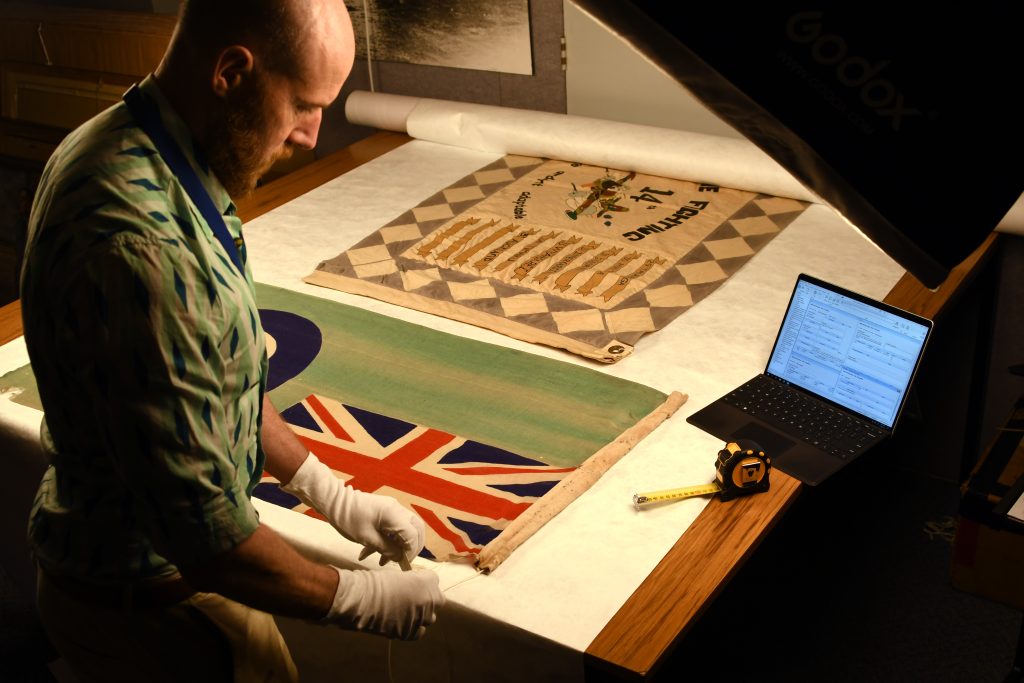
An area of our collection that’s currently receiving this kind of focused attention is known as the ‘rolled items.’ When you need to store large pieces of fabric and don’t have the space to lay them out flat, the best method is to roll them. This prevents folds and creases forming, which can lead to deterioration. The rolls are then hung so that their weight is supported from their ends, avoiding pressure on the fabric itself. Rolling the item on a layer of Tyvek creates both a protective backing and a cover.
During this project we’re taking each item from its spot on the wall in 1 Store and unrolling it. The object is checked for condition, any additional catalogue details are added, and photographs are taken. Everything is then re-rolled, after putting new Tyvek in place if we need to. Working on a large group in this way means we get an overview and consistency that can’t be achieved as easily by approaching it piecemeal.
Many of our rolled items are flags, although banners, tapa cloth, and the occasional tablecloth make an appearance as well. These objects are all large and made of fabric, but their similarities tend to end there, as each has its own story to tell.
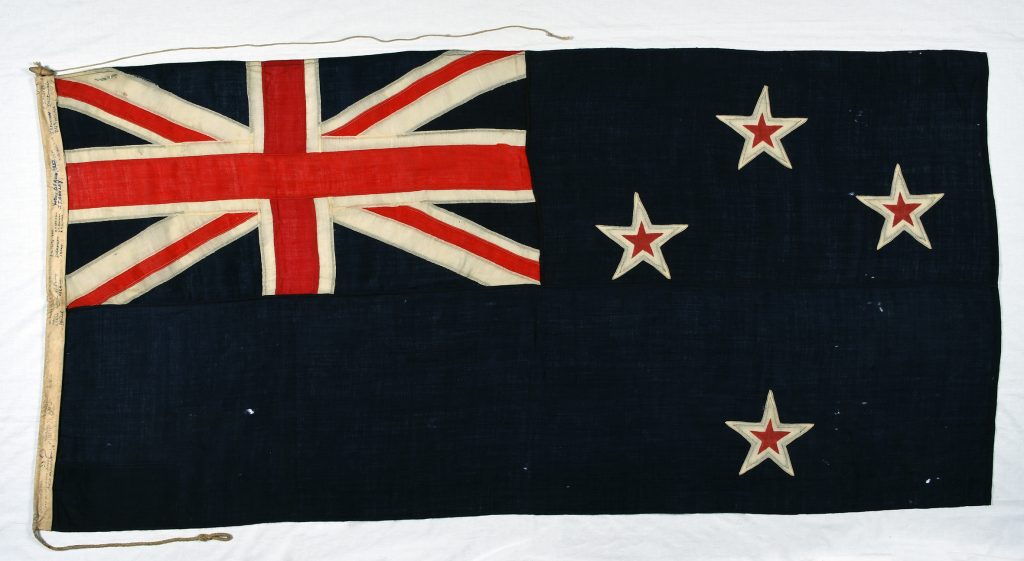
One example is a New Zealand Ensign from the ‘Cape Expedition,’ a highly secret coast watching operation that ran between 1941 and 1945. Concern about possible enemy use of Subantarctic Islands had seen depots established on Campbell and the Auckland Islands. These were overseen by the Aerodrome Services branch of the Public Works Department, and staffed by groups of civilians (later attested as Privates in the New Zealand Army) whose job was to monitor the coastline for suspicious activity. Each group was in place for a year-long period, but some individuals served for several years each. Conditions were isolated, rugged, and wind-swept, and communication with the outside world was highly restricted.

The ensign comes from the station at Campbell Island, where it was taken when the first expedition left New Zealand on March 5th, 1941. A strip along the hoist end bears the signatures of the members of each expedition party from 1941-1945. It is likely that an additional group of eight signatures in 1957 comes from one of the teams that ran the Island’s weather station in later years. The good condition of this ensign suggests that it stayed inside the hut, and was not flown in Campbell Island’s punishing winds.
We look forward to sharing more objects and stories as the project… rolls on.
